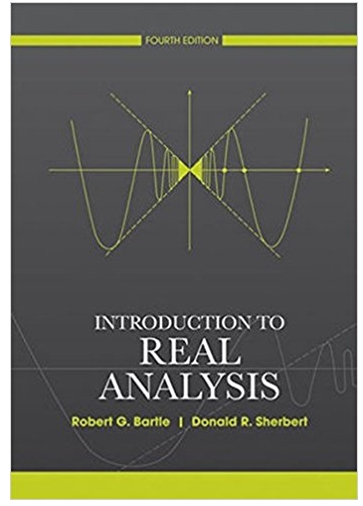Answered step by step
Verified Expert Solution
Question
1 Approved Answer
For the remaining two programming items in this activity, you first must create a population of 5000 data values by entering > population =

For the remaining two programming items in this activity, you first must create a population of 5000 data values by entering > population = c(rpois(5000, c(10, 40))). Remember, if you at any point you return and regenerate your population, you will need to make sure to update all the rest of the objects that follow. (Note, although the Poisson probability distribution is used to generate the population, this activity requires no specific knowledge of that probability distribution. It was an arbitrary choice made to generate an interesting looking population.) 5. For this item, you will do a basic analysis of the population. (a) Create a histogram of the population (it should be a bi-modal distribution), print it, and include it with your written responses. (No special parameters, like breaks, need to be entered. Use can just use the default system settings.) (b) Determine the mean of your population and assign that value to the object populationmean. (c) Determine the standard deviation of your population and assign that value to the object populationsd. (d) Determine the value of the 3000th population member and assign that value to the object member3000. (e) (Written Response) What is the value of the 3000th population member? Is this population member considered unusual (an outlier)? Explain.
Step by Step Solution
There are 3 Steps involved in it
Step: 1

Get Instant Access to Expert-Tailored Solutions
See step-by-step solutions with expert insights and AI powered tools for academic success
Step: 2

Step: 3

Ace Your Homework with AI
Get the answers you need in no time with our AI-driven, step-by-step assistance
Get Started


